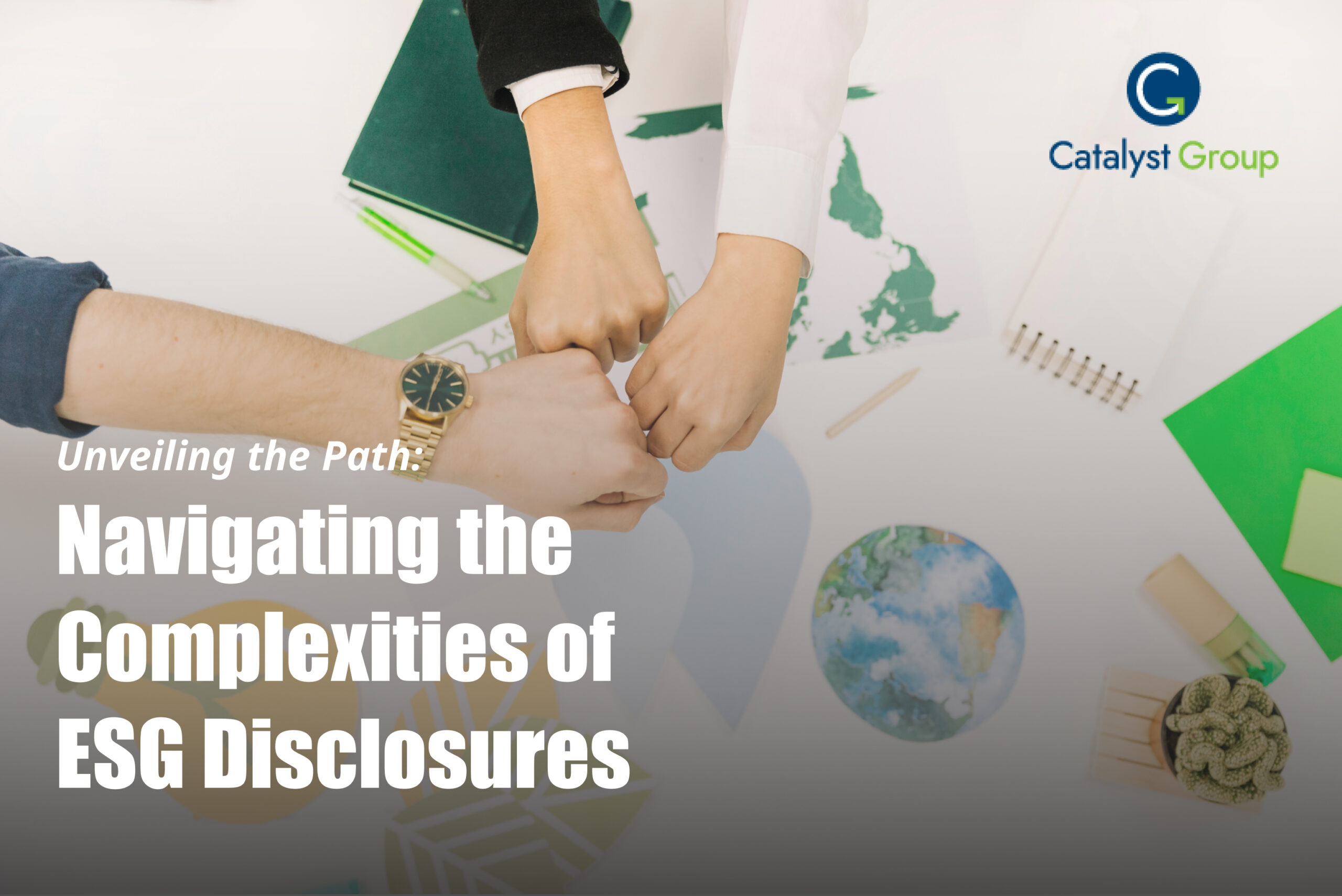
With the increasing importance of ESG considerations, governments and regulatory bodies have begun to enhance and standardize ESG disclosures. However, navigating the ESG disclosure space can be complex for organizations due to the multitude of frameworks available. To effectively communicate ESG performance and risks, understanding the purposes and differences between key frameworks such as the Global Reporting Initiative (GRI), the Task Force on Climate-related Financial Disclosures (TCFD), and the Sustainability Accounting Standards Board (SASB) is crucial.
When it comes to sustainability reporting, the Global Reporting Initiative (GRI) is a widely accepted framework that covers economic, environmental, and social areas. One of its key focuses is engaging stakeholders and assessing a company’s materiality. Another framework that’s commonly used by organizations is the Task Force on Climate-related Financial Disclosures (TCFD), which provides guidance on governance, strategy, risk management, and metrics. By integrating climate considerations into financial disclosures, TCFD provides investors and stakeholders with consistent and decision-useful information to evaluate the potential financial impacts of climate-related risks and opportunities. Additionally, the Sustainability Accounting Standards Board (SASB) offers industry-specific sustainability accounting standards that allow organizations to disclose material ESG risk information relevant to their industry and investors, making comparisons and significance more straightforward.
With the recent launch of ISSB’s two inaugural sustainability disclosures, which consolidate TCFD recommendations and SASB standards, this update underscores the significance of being up-to-date on the evolving ESG landscape. Likewise, selecting the applicable framework(s) is pivotal in shaping the focus of ESG reporting, with industry, ESG priorities, and investor preferences serving as key considerations. Since GRI, TCFD, and SASB each have objectives, scopes, and areas of emphasis that differentiate them from one another, understanding these distinctions is critical for organizations seeking to effectively communicate their ESG performance and meet stakeholders’ expectations.
By embracing the evolving landscape of ESG disclosures, organizations can identify-related opportunities, navigate regulatory requirements, and embrace transparency. ESG disclosures have become recognized as catalysts for change and have evolved into a potent risk analysis tool that can enable organizations to demonstrate their commitment to sustainability and foster trust with stakeholders. If companies use the correct frameworks, organizations can drive positive impact, inspire innovation, and contribute to a more sustainable and responsible future.

